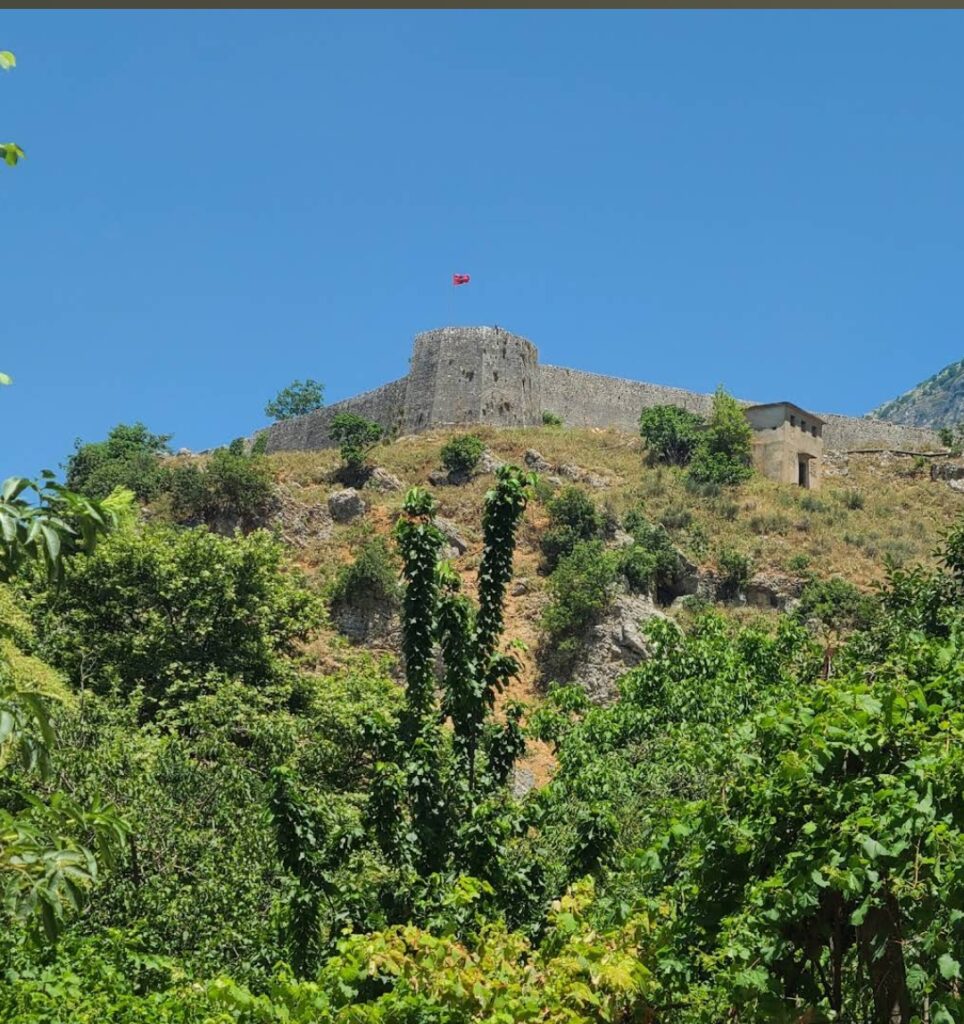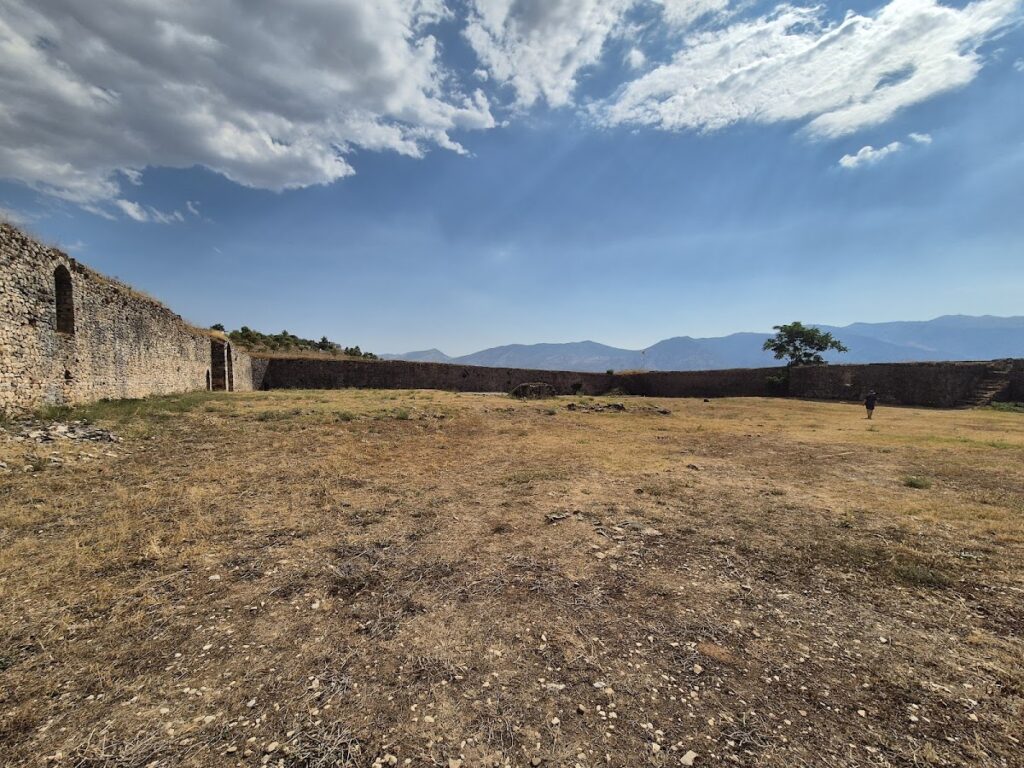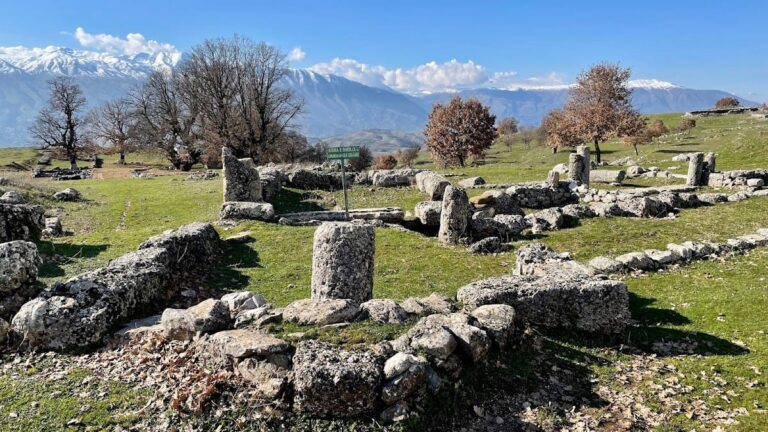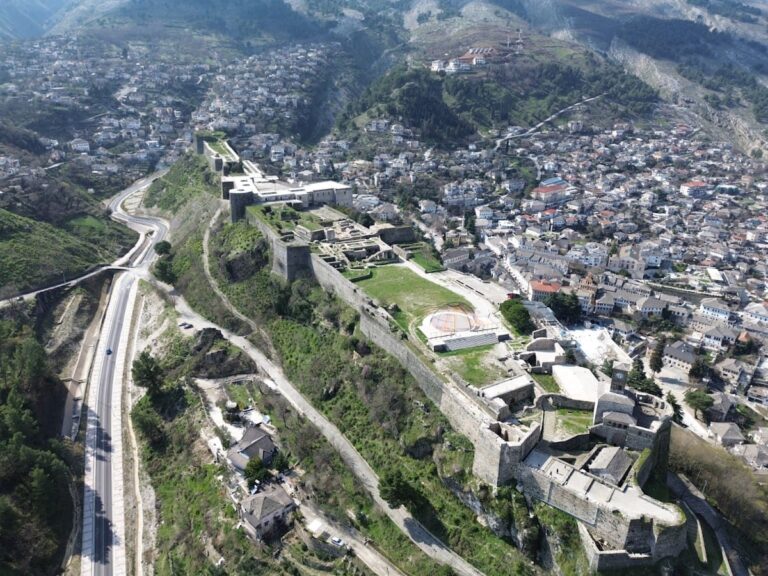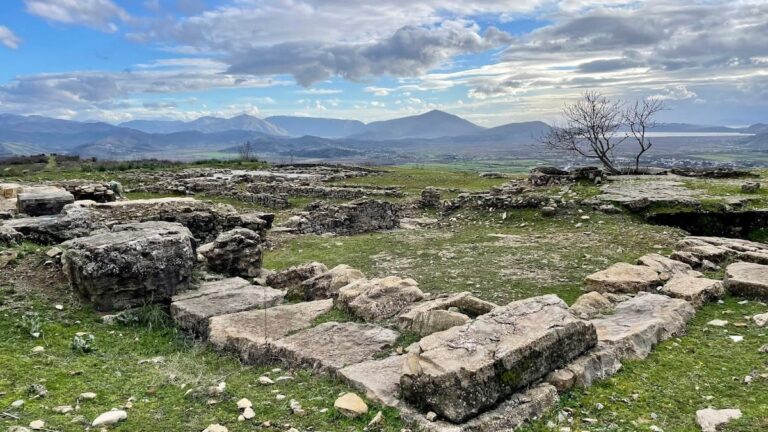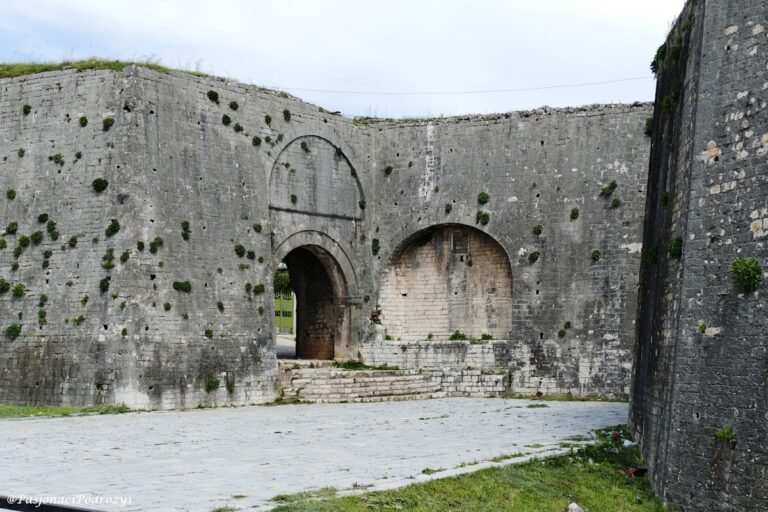Libohovë Fortress: An Ottoman-Era Stronghold in Albania
Visitor Information
Google Rating: 4.4
Popularity: Very Low
Google Maps: View on Google Maps
Country: Albania
Civilization: Unclassified
Remains: Military
History
Libohovë Fortress is located in the municipality of Libohovë, Albania. It was built by the Ottoman Albanian ruler Ali Pasha of Janina during the late 18th century.
Construction of the fortress took place between 1796 and 1798, ordered by Ali Pasha as a gift for his sister Shanisha. She had married into the local Libohova family, a landowning household that held significant influence in the area. The fortress signified both the strengthening of Ali Pasha’s power in southern Albania and the alliance with the Libohova family. After 1789, Libohovë came under Ali Pasha’s control, marking an important phase in the expansion of his territories.
During this period, the fortress played a dual role. It functioned as a military stronghold, overseeing and controlling the vital Drino valley, a strategic position for regional defense. At the same time, it served as a luxurious residence, reflecting its purpose not only as a fortification but also as an elite home tied to the local nobility.
In the modern era, Libohovë Fortress has been recognized officially for its cultural importance. Since June 10, 1973, it has been listed as a protected cultural monument of Albania under the designation number 1886. The fortress has faced challenges, including damage caused by the removal of stone from its walls for use in local house construction. However, efforts to restore and preserve the site began in 2013, highlighting its historical value.
Remains
The layout of Libohovë Fortress is nearly rectangular, measuring approximately 70 meters in length and 50 meters in width. The construction primarily consists of gray limestone, carefully assembled into walls that reach up to two meters thick in some sections, while in others they measure over 1.4 meters. The solid masonry underscores the fortress’s defensive purpose.
Each corner of the fortress is reinforced with polygonal towers, adding strength and enabling better surveillance of the surrounding area. Entrances are strategically placed, with the main gate located centrally on the eastern wall, while additional gates can be found near the towers on the southwestern and northeastern sides. These gates controlled access and movement within the fortress, balancing protection with accessibility.
Positioned atop a rocky outcrop, the fortress overlooks the town of Libohovë and commands views over the Drino valley, highlighting its military significance. Inside the walls, archaeological remains reveal the foundations of a palace and another substantial building. These indicate that the fortress was more than a military installation; it also functioned as a fortified residence, consistent with its historical role as a home for Ali Pasha’s family and local nobility.
Today, the fortress remains partially preserved. Some sections of the walls and several gates still stand, though the structure has suffered both from natural decay and human activity over time. Restoration efforts have aimed to stabilize and maintain the remaining features, preserving their historical presence within the landscape.

